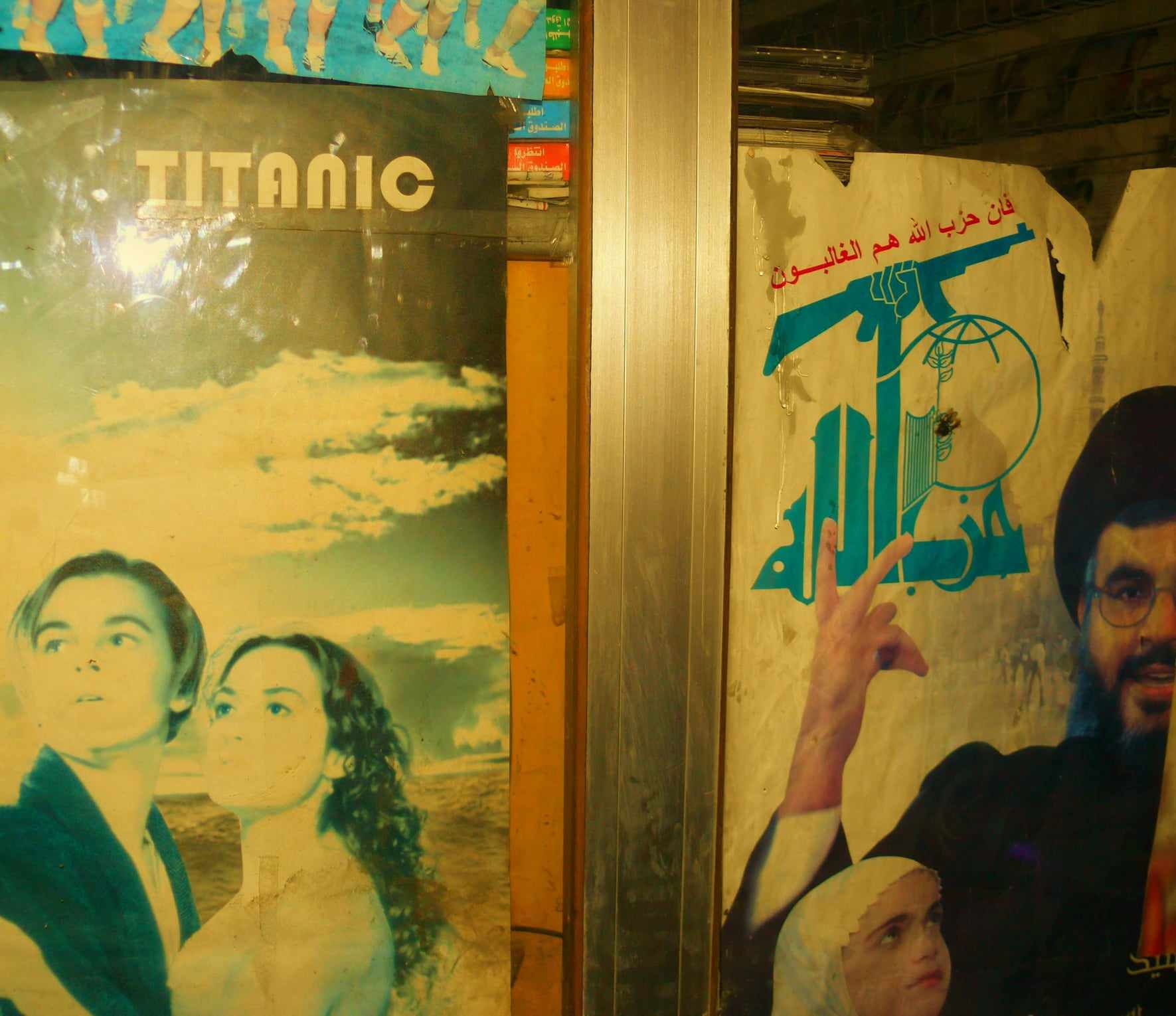The elimination of Hassan Nasrallah is an exceptionally significant blow to Hezbollah’s structure. His death is evidently part of a long-prepared intelligence operation during which the Israelis gained control over the whereabouts and mobility of the most prominent leaders of the movement. The recent “pager attack” was apparently part of the whole operation.
All these operations will undoubtedly significantly paralyze the movement’s functionality, but neither its total elimination nor uprooting seem probable.
The recent attacks came with a high number of Lebanese civilian casualties, most of which were people who happened to be near the commanders at the time of their elimination. These civilian casualties will certainly be interpreted as “acceptable” from an official Israeli perspective. However, they may be perceived in a diametrically different way by the Lebanese. The consequences of this perception could, in the long term, have unintended (or unforeseen) ramifications for Israel in the form of radicalization of parts of the Lebanese society and the influx of a new generation of movement members.
On the other hand, Hezbollah is currently far less popular among the Lebanese society than it was two decades ago. Thus, the Lebanese society might react to Nasrallah’s death in various ways.
Have We Seen This Before?
This was not the first elimination of a prominent Hezbollah leader by Israel. In February 1992, the second Secretary-General of the movement, Abbas al-Musawi, was killed in an Israeli attack (the first Secretary-General, al-Tufayli, is still alive).
While the fight against Israel is a fundamental part of the movement’s policies, Hezbollah and its leaders have evolved over time. Musawi was considered a rather pragmatic figure within the movement’s context. Hassan Nasrallah, who replaced him, proved to be far more ideological, radical, and charismatic. He strengthened his position as the leader of the movement over an extraordinary 32-year period. During this time, he bolstered cooperation with the Iranian and Syrian regimes (significantly aiding the latter in surviving the bloody Syrian that started in 2011). Iran—together with the harsh nature of the Israeli military occupation of southern Lebanon—was a crucial factor in the movement’s formation in the early 1980s. At the same time, however, Nasrallah also contributed to Hezbollah developing into an autonomous Lebanese movement and not merely a vassal of its Iranian patron.
In the long term, Hezbollah under Hassan Nasrallah became a stronger and more effective organization, as evidenced by the movement’s later activities, including participation in the 2006 war against Israel and its presence in Syria in support of the Syrian regime.
In 1992, a relatively pragmatic leader was replaced by the radical Nasrallah, who became increasingly dangerous over time. This could be the scenario after Nasrallah’s elimination as well. However, it should be noted that Israel’s technological superiority has grown tremendously since the early 1990s, and any new leader of the movement will be at far greater risk than their predecessors and closest subordinates in past decades. It is, therefore, quite likely that Hezbollah will now take extreme measures to conceal the details of its leadership.
In the immediate short term, Nasrallah’s predecessor Musawi’s elimination led to an intensification of Hezbollah’s “traditional” rocket attacks on Israeli targets. These are now following Nasrallah’s elimination as well.
With a bit of delay after Musawi’s death, bloody attacks on Israeli civilian targets abroad followed. Mainly the two attacks in Buenos Aires: in March 1992, an attack on the Israeli embassy in Argentina (29 dead), and in 1994, an attack on the AMIA Jewish community center (85 dead, with hundreds injured in both cases).
It is not out of the question that Hezbollah may attempt to replicate such actions now as well.
Conclusion
The elimination of the top figure in Hezbollah will undoubtedly have serious short-term consequences in the form of a more systematic paralysis of the movement.
However, in the long term, it may have a number of unintended consequences. The current elimination of Hezbollah’s top commander is associated with the elimination of a significant number of other high-ranking and experienced commanders, further limiting the movement’s operational capabilities. However, an important precedent presents itself. It relates to Hamas, a movement with a somewhat similar ideology and structure to those of Hezbollah. Looking at the example of the Israeli eliminations of Hamas’s top leaders during the Second Intifada (2000-2005), the entire leadership, including key strategists, founders, and field commanders, was eliminated: besides the movement’s spiritual leader, the charismatic Sheikh Yassin, Abdel Aziz Rantisi, Saleh Shehada, and many others were also killed. Yet after less than two decades, a seemingly regenerated and highly radical Hamas emerged, capable of carrying out the terror attack of October 7, 2023.
Moreover, unlike Hamas, Hezbollah has long been in a far more advantageous position against Israel in many respects (geographically, in terms of foreign cooperation and its effectiveness, membership numbers, etc.).
The question of whether Hezbollah will be destroyed after the elimination of much of its leadership or whether, in the long term, it may become an even more dangerous adversary for Israel than it has been so far remains unresolved.
Image Credit: Author’s personal archive


